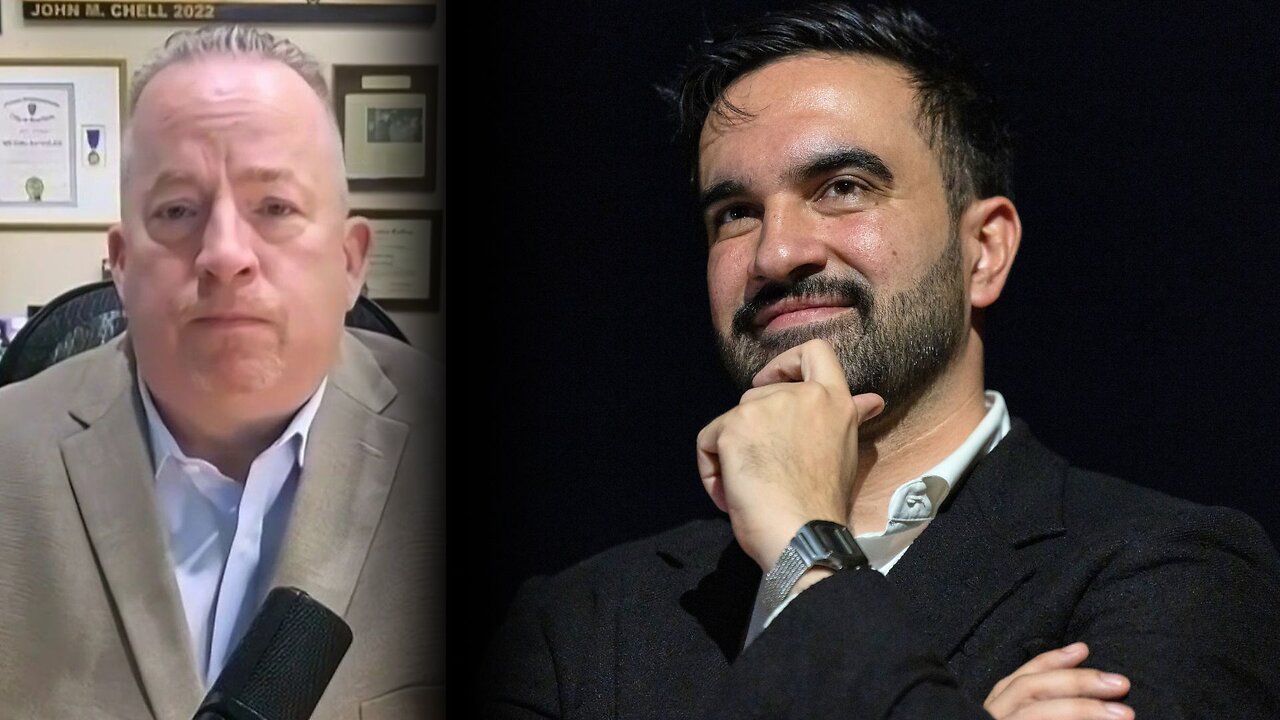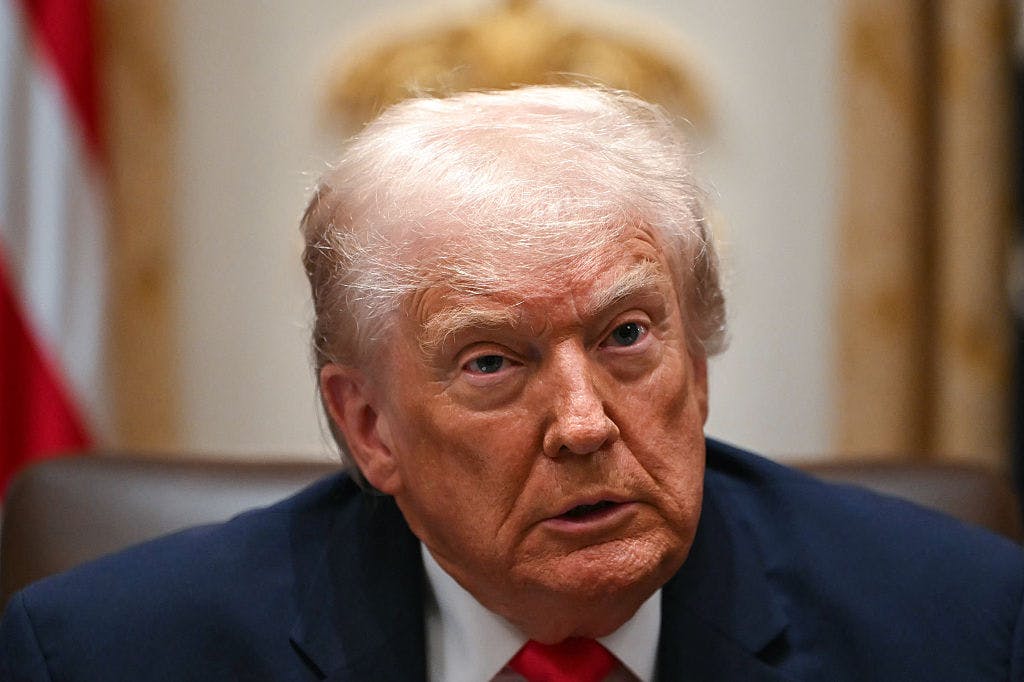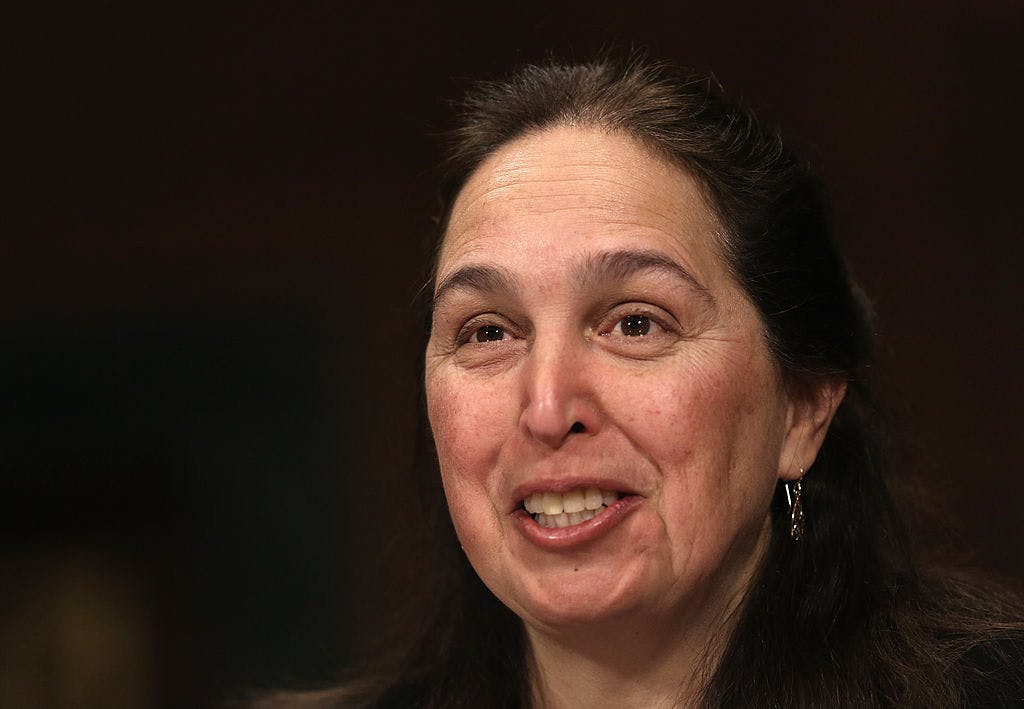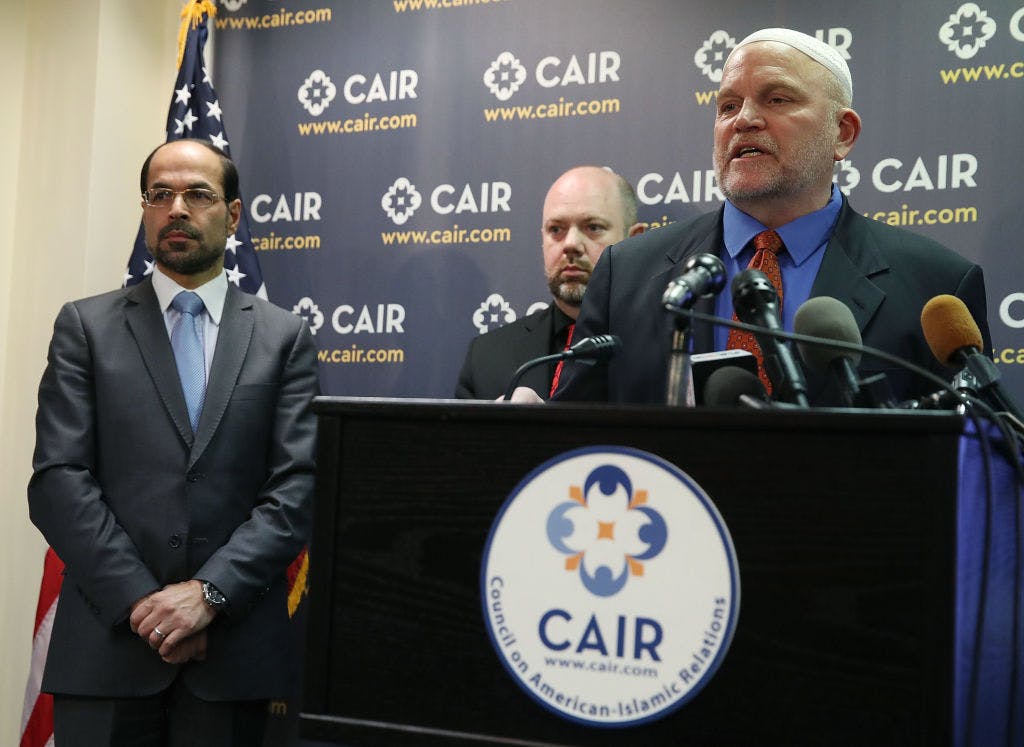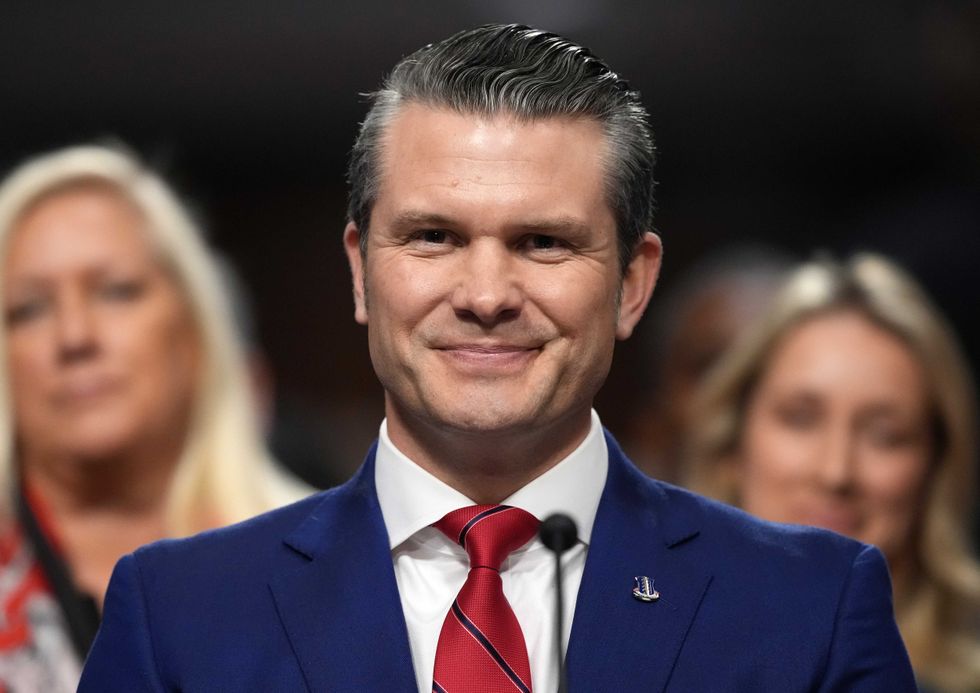Coastal Elite Schools Aren’t The Only Ones Who Deserve Federal Funding

The Trump administration’s decision to pull federal funding from Harvard and other top-tier schools sparked outrage in the elite corridors of the American academy.
But this move has a clear silver lining: it could benefit less prestigious, significantly smaller, but certainly deserving schools across America.
From the end of World War II through the Cold War, brand-name institutions lobbied for, and were awarded, a disproportionate share of federal research dollars. That left capable regional universities vying for the leftovers.
It’s about time that this inequitable dynamic changed. Federal research money needs to go where it can yield the most significant and widespread benefits, and doesn’t always mean schools in large cities along the coasts.
According to federal data, over a third of federal R&D funding was spent by just 20 colleges. That means most of America’s smaller schools have been ignored or overlooked, many of which enroll first-generation college students and are located in rural or underserved locales.
When the same recipients are trusted with the bulk of federal dollars year after year, we lose out on the fresh perspectives, crucial specialized research, and real-world problem-solving that a more even-handed distribution of funds would make possible.
Are there instances where a tiny institution like the College of St. Benedict in Minnesota (enrollment: 1,400) receives federal research money? Yes, it happens: the school was awarded $1.8m in 2023. But that’s the exception, not the rule.
An upgraded distribution policy of federal research funding could unleash a torrent of invention by regularly redirecting dollars to less prominent schools nationwide, including historically black colleges and universities, Historically Hispanic Institutions, and technical colleges.
When a school in Wyoming or Mississippi wins a grant that would ordinarily go to one of the dominant and expected recipients, it’s not only that school’s students who benefit. It means constructing new labs, hiring new faculty, creating possible societal benefits for Americans’ health, and potentially stimulating economic benefits for American industries.
Supporters of funding reallocation, of which I am one, argue that it creates a fairer research landscape in America where the upsides aren’t locked in with the same annual recipients.
Every university in America should have a shot at discovery, not just those on the short list. Reconsidering where federal research dollars are spent could inspire an exciting realignment that allows more American institutions to contribute to science, technology, and innovation advances.
Dr. David Lenihan is the CEO of Ponce Health Sciences University, a fully-accredited medical school with campuses in St. Louis and Puerto Rico.
The views expressed in this piece are those of the author and do not necessarily represent those of The Daily Wire.
Originally Published at Daily Wire, Daily Signal, or The Blaze
What's Your Reaction?
 Like
0
Like
0
 Dislike
0
Dislike
0
 Love
0
Love
0
 Funny
0
Funny
0
 Angry
0
Angry
0
 Sad
0
Sad
0
 Wow
0
Wow
0
































